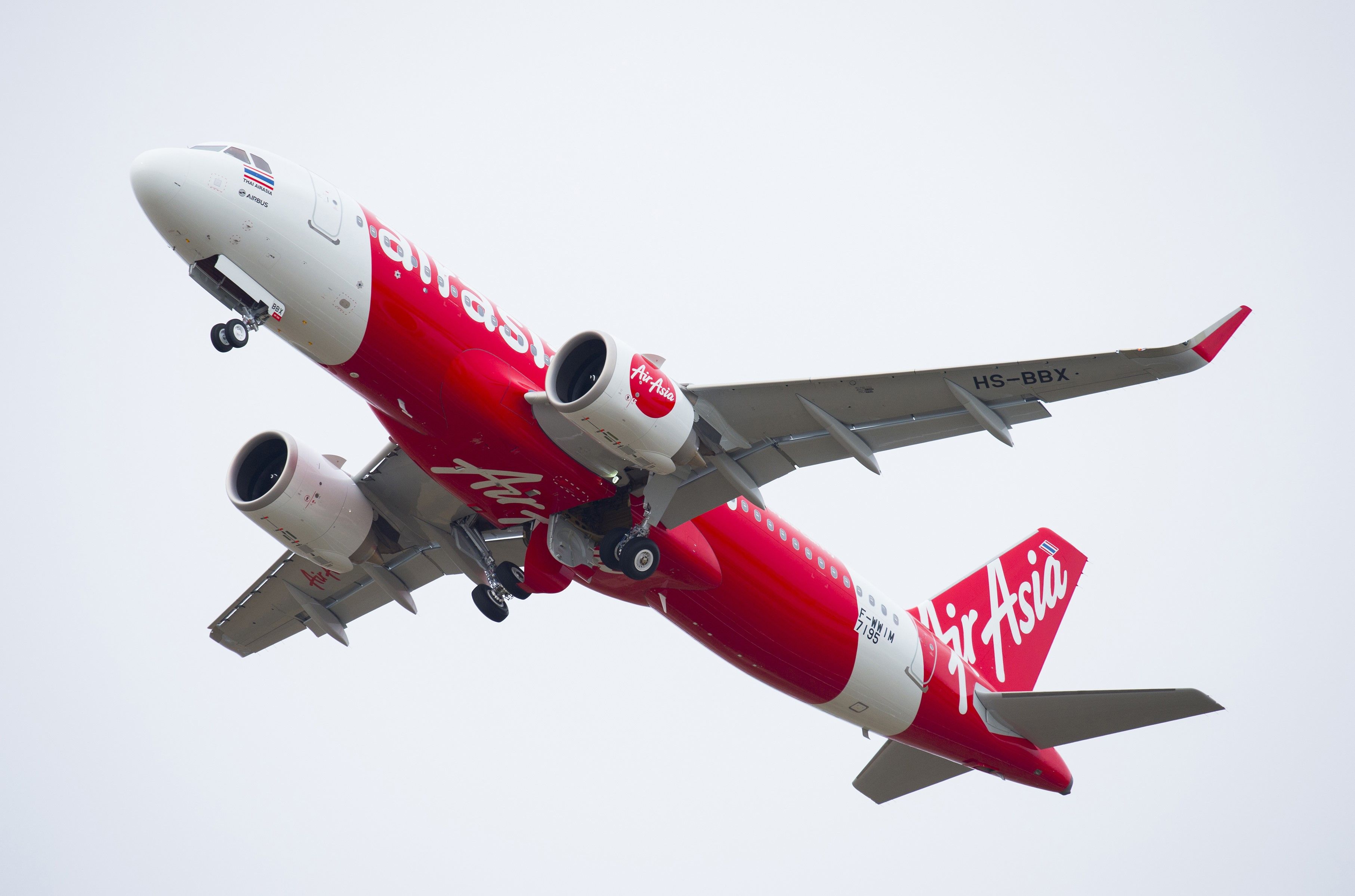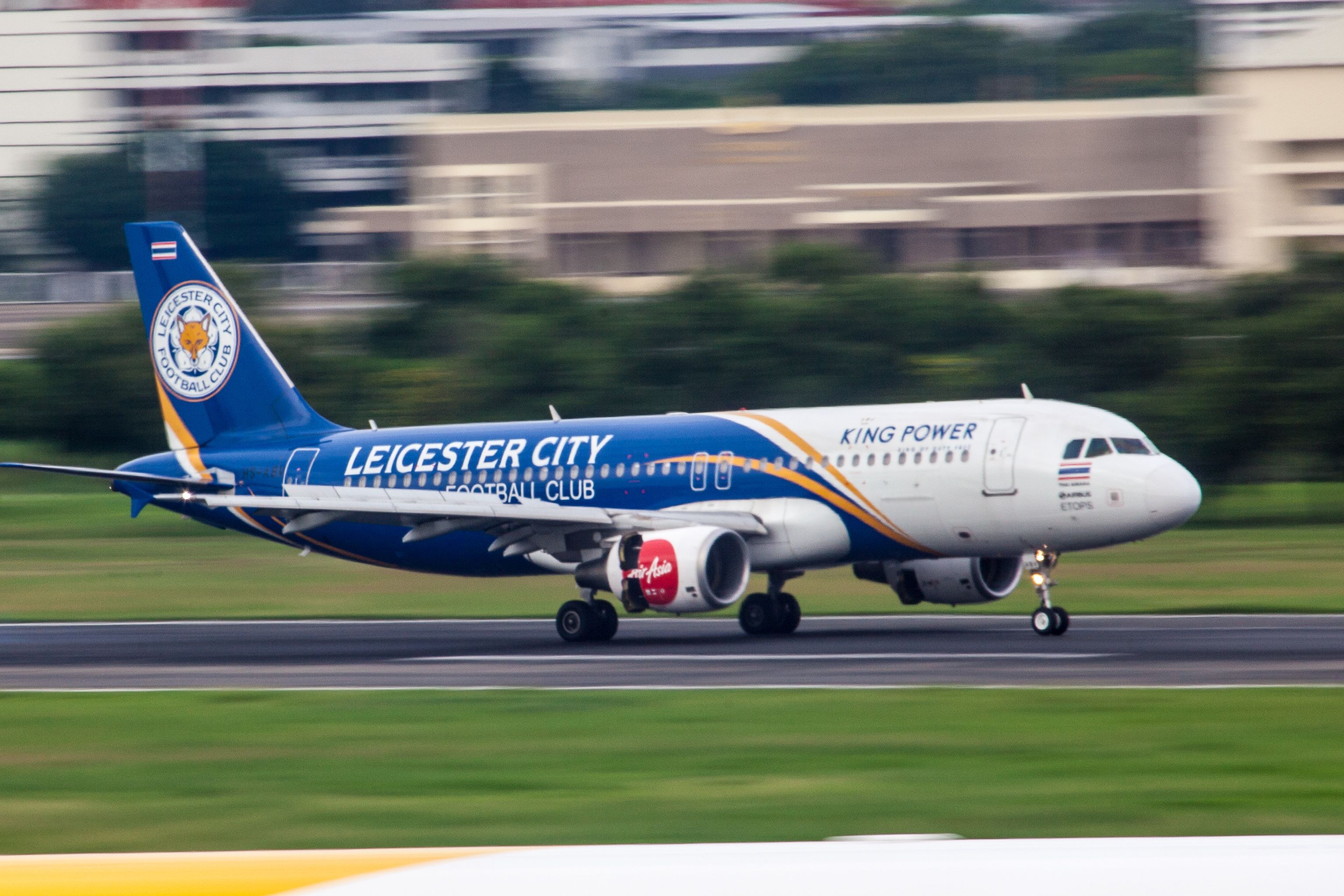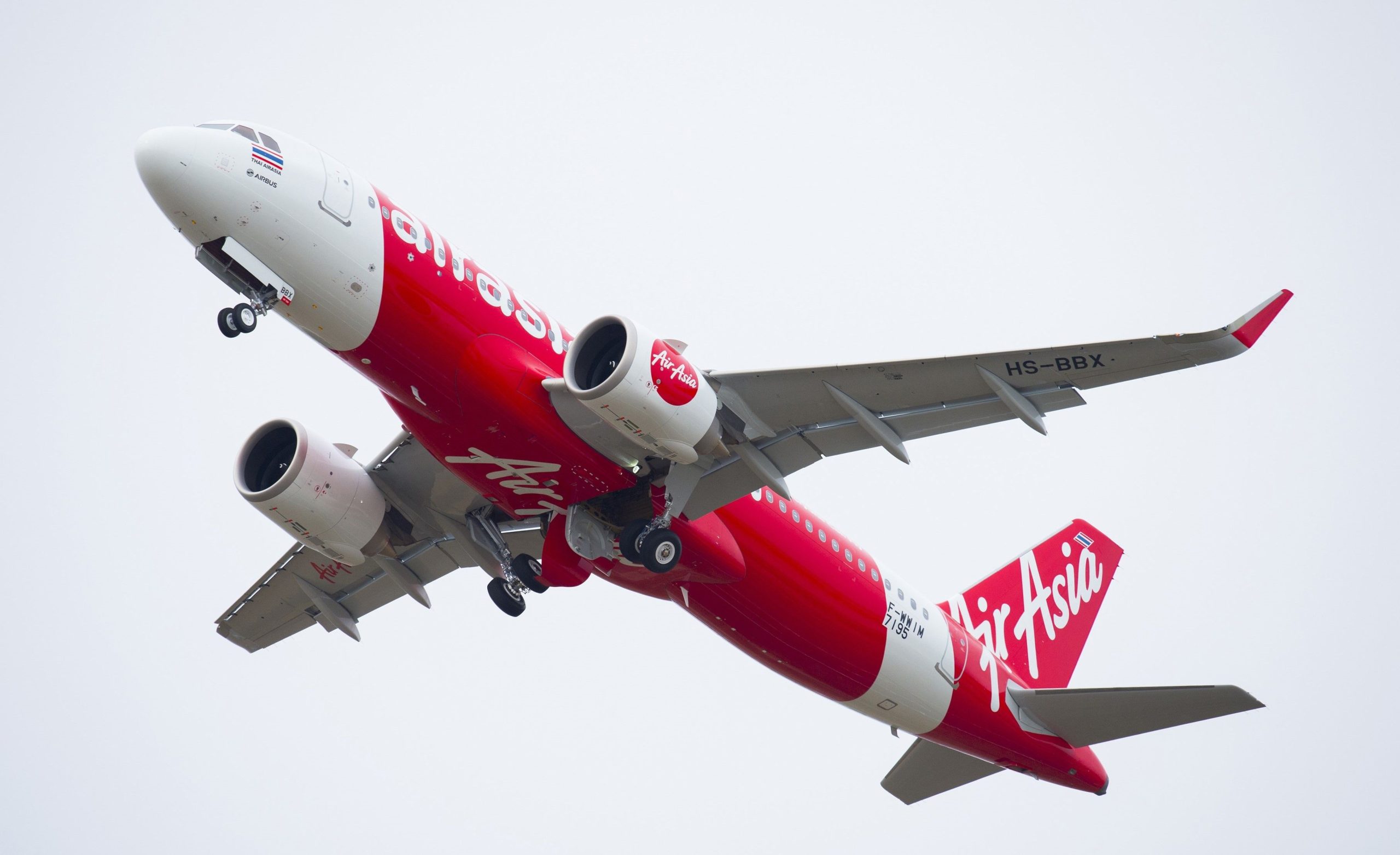Summary
- Thai AirAsia saw a 52% revenue increase in early 2024, with a core profit of 1.64 billion THB, despite a net loss due to currency fluctuations.
- The airline had a record load factor of 93% and now holds 40% of Thailand’s domestic market share by March 2024.
- Thai AirAsia plans to expand its fleet to 60 jets by the end of the year and aims to carry 20-21 million passengers in 2024.
For most of 2023, Southeast Asia lagged behind the rest of Asia in restarting after travel restrictions were removed, but in the early part of 2024, the region is roaring back to life with increasing numbers of domestic and international passengers. A prime example is Thai AirAsia, which generated a 52% year-on-year revenue increase in the first quarter of the year.
An airline taking off in 2024
Today, Asia Aviation PCL (AAV), the sole shareholder of Thai AirAsia Co. Ltd. (TAA), announced its operational results for the first quarter of 2024 (1Q2024). Between January 1 and March 31, Thai AirAsia generated revenue of 13.79 billion Thai baht ($375 million) from sales and services and carried 5.5 million passengers, a 19% gain over the first quarter of 2023.
From that revenue, the airline reported earnings before interest, tax, appreciation and amortization (EBITDA) of 3.10 billion THB ($84.4m), up 78% from 1Q2023. Due to the significant depreciation of the Thai baht, the company booked a net loss of 410 million THB ($11.2m) but said that excluding the foreign exchange loss, it achieved a core profit of 1.64 billion THB ($44.6m) compared to a loss of 203 million THB ($5.52m) last year.

Related
Guwahati To Bangkok: Thai AirAsia Introduces New Flight To India
The airline will start the service on December 1st.
In today’s announcement, the airline said it used 50 of its 56 Airbus jets to carry 5.5 million passengers in the quarter, which equated to 93% of passenger numbers and 90% of seat capacity in pre-pandemic times. According to Planespotters.net, the Thai AirAsia fleet includes 43 Airbus A320-200s, 11 A320neos and two A321neos with an average age of 10.3 years, although the older A320-200s heavily skew that.
Photo: Komenton/Shutterstock
TAA recorded a record-high load factor of 93% in 1Q2024 and had gathered a 40% share of Thailand’s domestic market by the end of March. The airline said its success came from having a larger fleet and better on-time performance than its competitors, supported by targeted marketing aimed at different customer groups to build wider brand awareness of Thai AirAsia.
Fifth-freedom routes are successful
Santisuk Klongchaiya, CEO of Asia Aviation PCL and Thai AirAsia, said the airline had seen exceptional growth in its international operations during the quarter and notably benefitted from the lifting of visa requirements between Thailand and China in March.
“That resulted in a surge in both incoming and outgoing travellers, while we continued to see strong responses in India, ASEAN, Taiwan and Japan. TAA launched Don Mueang-Beijing, as well as fifth-freedom routes Don Mueang-Taipei-Okinawa and Don Mueang-Kaohsiung-Tokyo Narita (starting 2Q) [and] these provide opportunities for us to connect with new high-potential customer groups within the wider region.”
Thai AirAsia also collaborates with public and private agencies to attract tourists to Thailand, including its AirAsia Boarding Pass Privileges campaign. That program allows international visitors to enjoy discounts on dining, products and services from 18 of the airline’s partners just by presenting an AirAsia boarding pass.

Related
The Story Of Thai AirAsia’s Leicester City-Liveried Airbus A320
The aircraft has now worn its special livery for almost six years.
Looking to the second quarter, TAA plans to further stimulate domestic and international travel and is also evaluating adding more flights to China in the third quarter. The Thai government is negotiating a larger quota for tourists from India, and with a positive outcome expected, TAA said it is looking forward to more seat allocations for this market from the Civil Aviation Authority of Thailand.
TAA is looking to increase its fleet to 60 jets by the end of the year and carry 20-21 million passengers at an average load factor of 90% for the calendar year. Achieving that would translate to a 20-23% revenue growth from sales and services compared to 2023.
Have you flown with Thai AirAsia? Please let us know about your experience in the comments.

